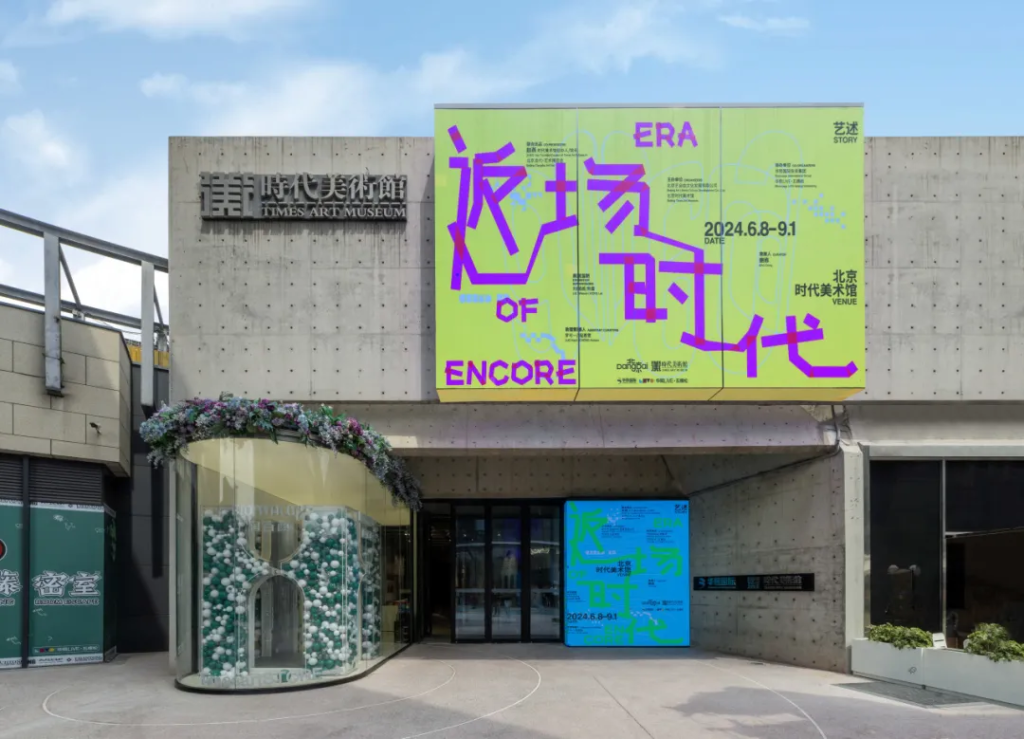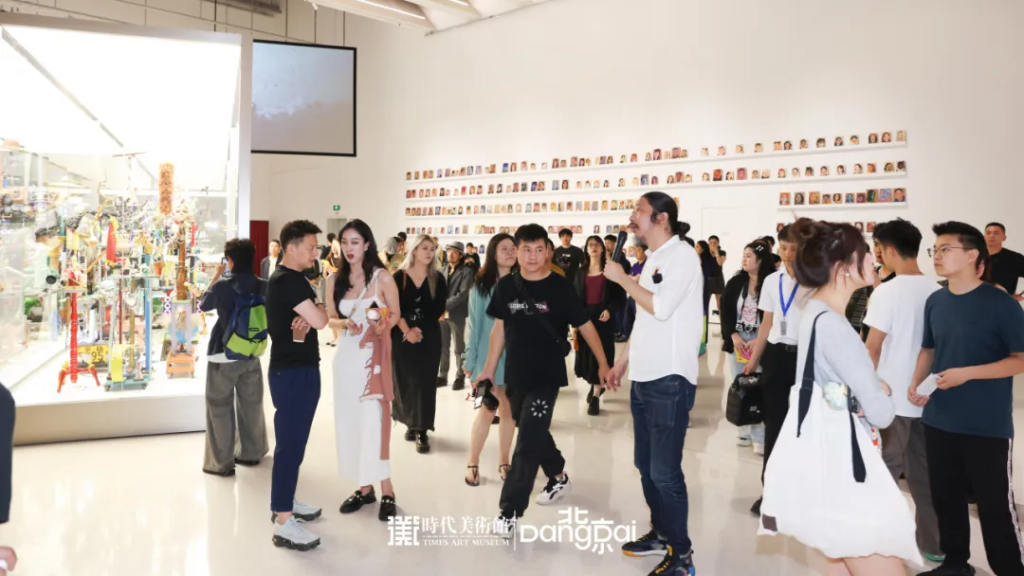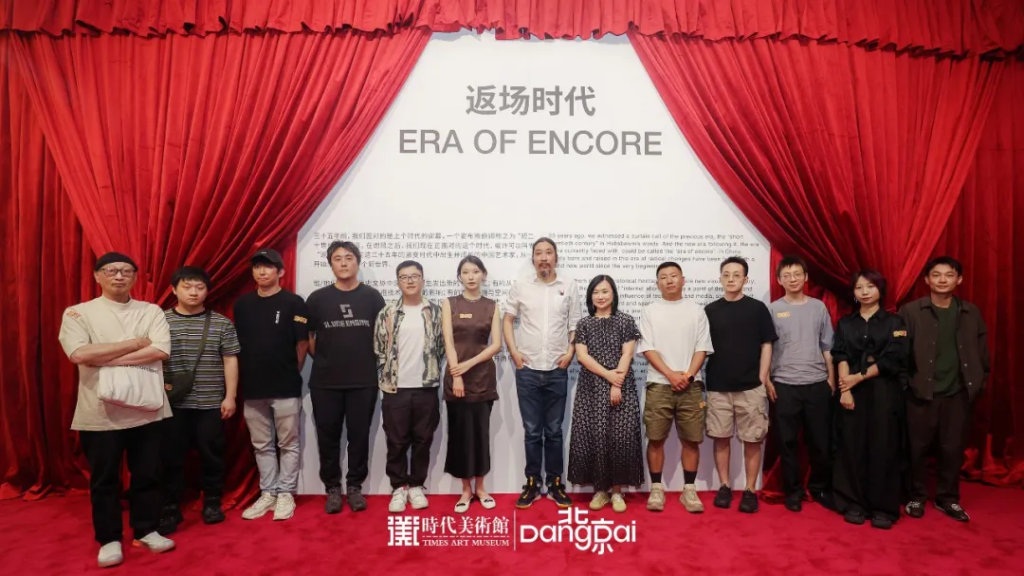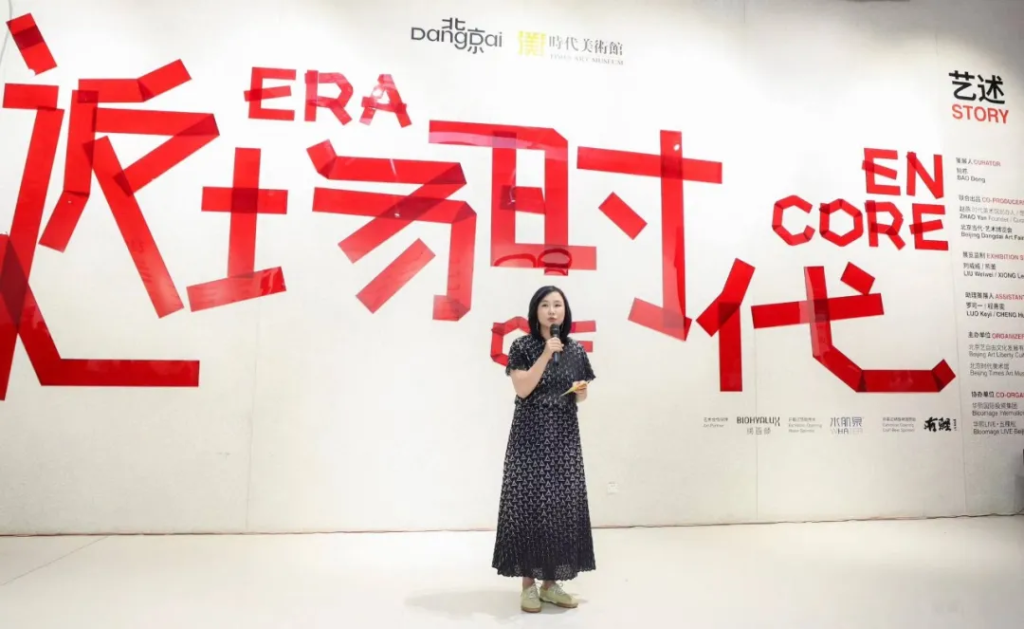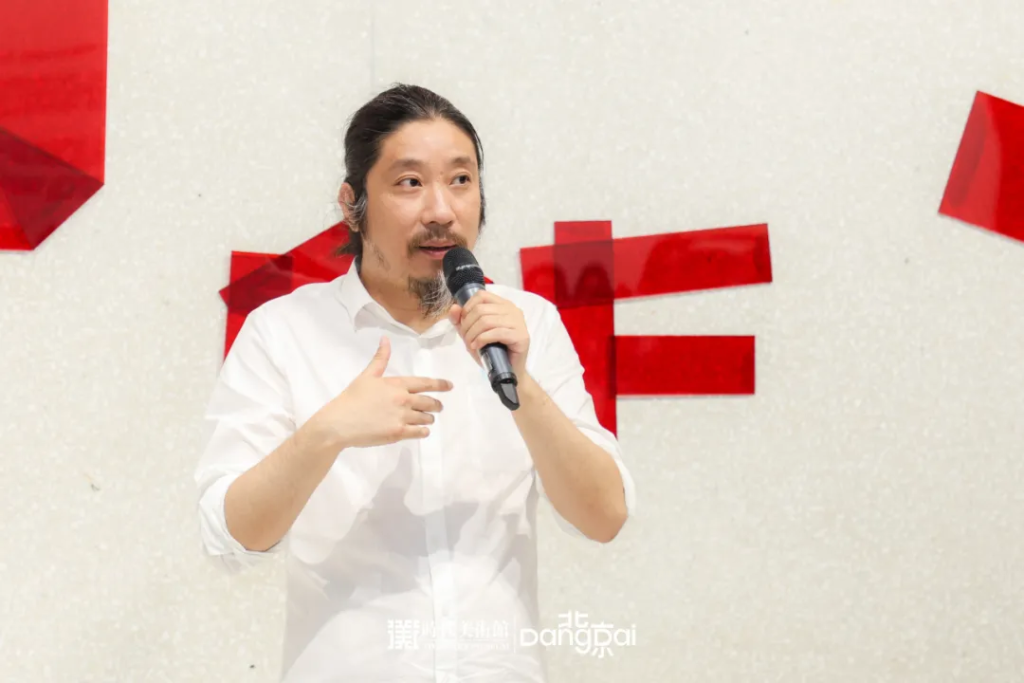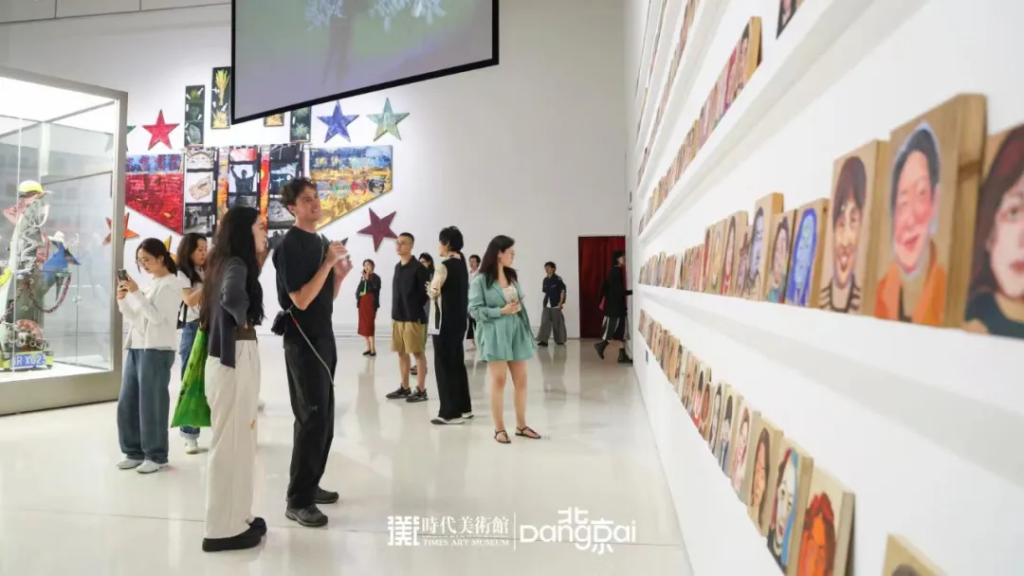Chinese Post-90s Art Group Makes an Appearance, Beijing Dangdai “Returns” to Times Art Museum
The exhibition “Era of Encore” opened at the Times Art Museum in Beijing on June 7, 2024, and will run throughout the summer from June 8 to September 1. As the curatorial sector STORY of this year’s Beijing Dangdai Art Fair, ” Era of Encore ” is jointly presented by the Beijing Dangdai Art Fair and the Beijing Times Art Museum, which has opened a close cooperation between the two parties in the research, display, collection and promotion of new artistic forces. It continues the popularity of the Beijing Dangdai Art Fair and extends Beijing’s art season to September in terms of time and runs through the east and west of Beijing in terms of geography. The exhibition is curated by Bao Dong, the artistic director of the Beijing Dangdai Art Fair. Under the theme of “Era of Encore”, it focuses on the youngest artists born around the 1990s and their creations. A total of 70 pieces of works by 32 artists were exhibited on site, of which 26 were new works specially created by artists for this exhibition.
Nearly 300 artists, art professionals and media had witnessed the opening ceremony. At the opening ceremony, Bao Dong, curator of this exhibition and artistic director of Beijing Dangdai Art Fair, said: “Through the historical theme of ‘Era of Encore’ and the working method of 90×90×90, I am trying to maintain the overall understanding and sense of presence of artistic perception and creation. I also look forward to my colleagues and artists, especially the artists participating in this project, to lead our art out of the world divided by price, traffic, and various stress reactions.” Liu Weiwei, executive director of Times Art Museum, said: “As slices of our society, young artists’ creations reflect their feelings and thoughts about the times and social status quo.
Zhao Yan, Chairman of Bloomage International Investment Group and founder/director of Times Art Museum, co-producer of the exhibition, also said, “The 90×90×90 project by Bao Dong coincides with the original intention of Times Art Museum to focus on and promote young Chinese contemporary artists. We hope that through this exhibition, we can arouse the thinking of the entire art and academic circles, and at the same time arouse some social discussions and resonance. How can Chinese art works and Chinese artists express themselves, so that the world can know more about China through them and let this group of young artists truly become the future of China.”
“Post-90s” is not only a special generational description in the Chinese context, but also a group that has been repeatedly portrayed and defined in public opinion and the media. In the existing contemporary art narrative, the post-90s artist group has also been constantly written and shaped, hoping to reflect the diversity and multifaceted nature of this generational group, and trying to describe their common commonalities. Against this background, this exhibition aims to expand our discussion of the context of post-90s artists, and from the late 1980s to the present, it provides observation coordinates from four dimensions: art and cultural history background, technological driving force and influence, social scene and issues, as well as aesthetic innovation and rebellion. The exhibition is also divided into four sections: Farewell, Modernism; Future Aboriginals; Social Fieldwork; Recurring Dopamine. We will narrate the creations of China’s youngest generation of artists from these four overlapping clues and sections.
The turn of the 1980s and 1990s witnessed a critical node that influenced the direction of human history. The evolution of the world’s political landscape, the invention and use of the Internet, and the increasingly radical globalization have shaped our lives today, and the ripples of their influence are far-reaching. Various “end theories” and the speculations about the end of the era that they contain also emerged from this period. The voices of the end of history and the end of art and art history still echo today. The theme of the exhibition, “Era of Encore”, is naming on this background of the era. The past thirty-five years have been the end of the last era, the end of what historian Eric Hobsbawm called the “short twentieth century.” The past thirty-five years have also been the beginning of a new era. Today, we are facing an era of gradual decline in globalization, continuous iteration of new technologies, and rapid changes in aesthetic tastes and the subjective consciousness behind them, especially in China. Chinese artists who were born and grew up in this era of rapid change have been facing a new world from the beginning. They have already or will open up a new kind of creation.
To gain a deeper understanding of the new generation of artists, Beijing Dangdai Art Fair launched the “90×90×90: Survey of Young Chinese Artists” project a year ago, asking 90 artists born after 1990 90 questions related to their creation, life, and values to depict and sort out the collective appearance and characteristics of this generation of artists. The 32 artists in this exhibition are representative case studies in the “90×90×90” project and are also a phased presentation of the “90×90×90” project.
The artist groups featured in the “90×90×90” project and the exhibition “Era of Encore” have gradually stepped into the spotlight of today, becoming cultural producers that can influence current and even future aesthetic trends. They have stepped onto the stage of the times with their own visual languages and action methods, performing themselves in different coordinates and dimensions.The exhibition “Era of Encore” invites the audience to walk into this group of youths who are in the intermission of the era, record their real and exciting views, and profile the vivid and diverse appearance of this era. Is their art a continuation or innovation, an end or a restart, an encore after the curtain falls, an interlude between the great eras, or an opening prelude before the arrival of the next era? The exhibition attempts to re-understand this generation and its art from the historical framework of “Era of Encore”.
